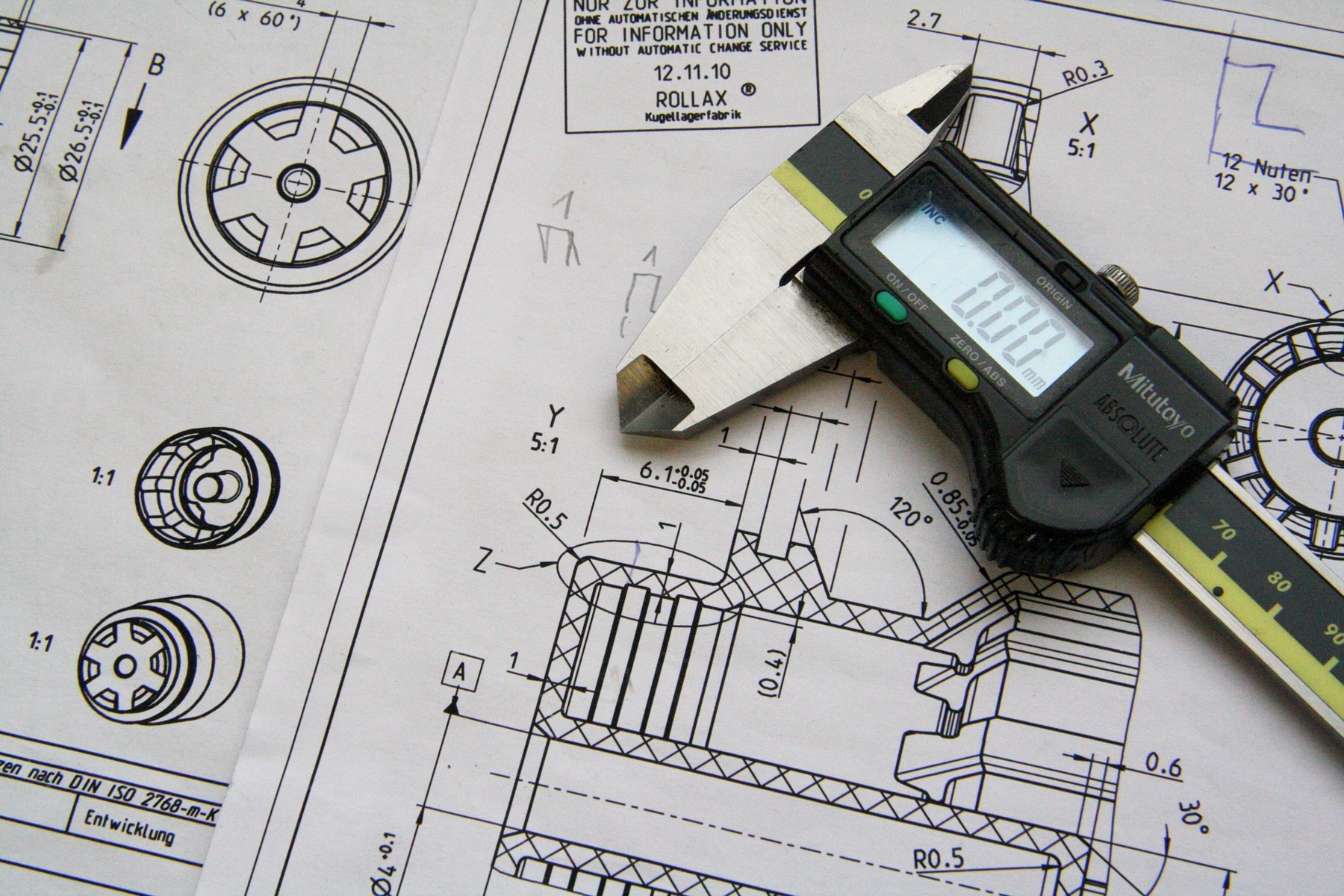As you know, BMI is not optimal to measure body fat because it cannot differentiate between fat and muscle. Let’s break down the alternative methods to measure body fat:
- Waist circumference (WC): a simple way of measuring abdominal fat, especially useful in males who tend to add fat here. Correlations in evaluating studies are moderate to strong (0.5 to 0.8). WC works better for predicting abdominal fat than using waist to hip ratio. (1)
- Calipers (skinfold): The most common method used by personal trainers. Calipers use equations to predict body fat based on thickness of skin when pinched. To get optimal results, you need to make sure that the equation you use is suitable for the person being measured. i.e. young woman, obese man, child etc. Accuracy when guessing body fat % in an individual is still pretty poor, with an error margin of ±9% fat. Experienced users might have better accuracy, but generally we would recommend to use calipers to FOLLOW-UP changes in bod fat, rather than to tell a client how many % they have. (1)
- Impedance: Measures how much your body “resists” electricity passing through it to predict body fat. This “resistance” is not only affected by body fat, but also hydration, time of day and more. Measurement results can vary a lot, but errors margins of ±8% fat (1), and is probably better at measuring lean mass than body fat. Impedance measurement through feet is less accurate than through hands and feet. If you do choose to use impedance scales, perform measurements at the same time every morning to control for as many variables as possible. Use the average measurement for the entire week to reduce “noise” from varying values. This could then be used to follow lean mass development. (2)
- Mirrors: If probably the most useful method, given the lack of accuracy of the methods above. However, when going through weight change, your might struggle with staying objective when you look yourself in the mirror. Sometime you will “feel” fat even though you aren’t. In that case, having an “objective” measure like calipers, or change in weight can be useful to complement.
There are many other methods of measuring body fat used in research: MRI, DEXA, densitometry, but these are most likely not available to you and also have issues with accuracy. At the end of the day, keep things simple and don’t focus too much on the numbers. There are more important things in life.
Sources:
- Wells et al. 2006. Measuring body composition. 10.1136/adc.2005.085522.
- Bioelectrical impedance analysis to estimate body composition in children and adolescents: A systematic review and evidence appraisal of validity, responsiveness, reliability and measurement error. DOI: 10.1111/obr.12061
- Carr et al. 2012. The psychological consequences of weight change trajectories: evidence from quantitative and qualitative data. 10.1016/j.ehb.2012.04.007.




